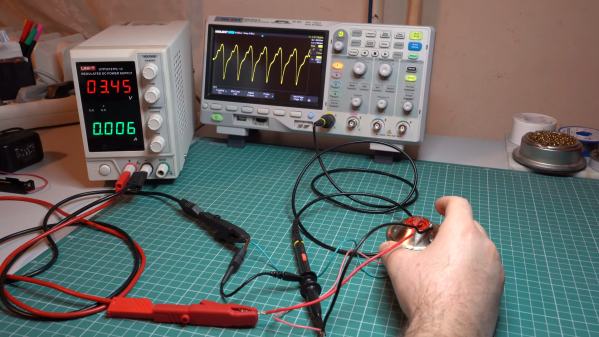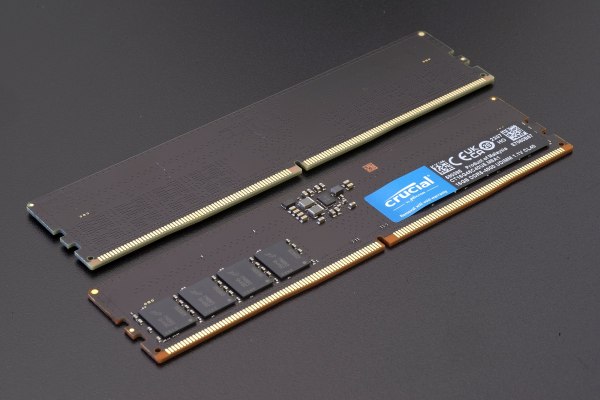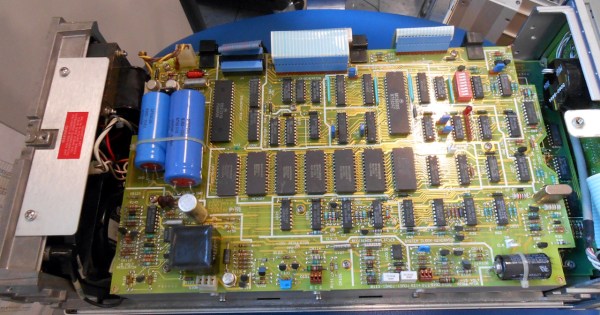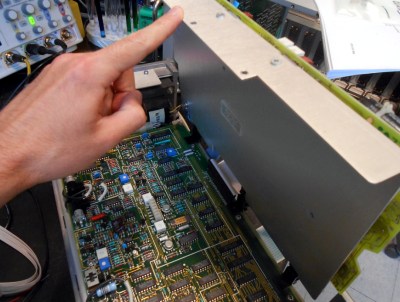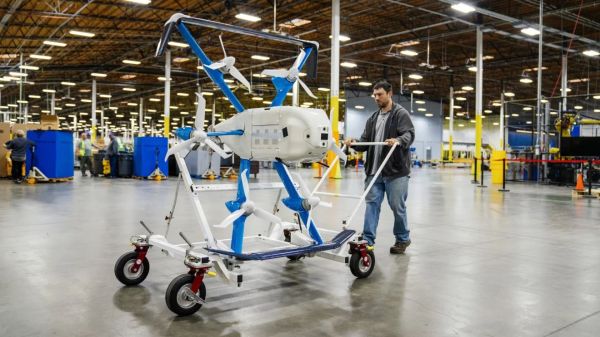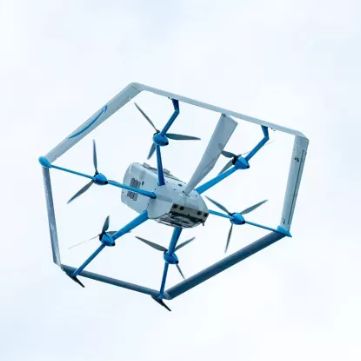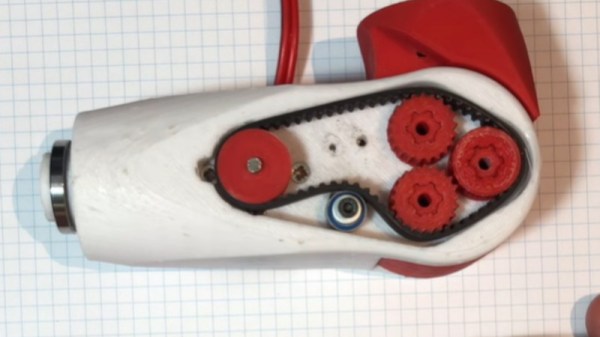What’s the simplest audio frequency oscillator you can imagine? There’s the 555, of course, and we can think of a few designs using just two transistors or even a few with just one. But how about an oscillator with no active components? Now there’s a neat trick.
Replicating [Stelian]’s “simplest audio oscillator on the Internet” might take some doing on your part, since it relies on finding an old telephone. Like, really old — you’ll need one with the carbon granule cartridge in the handset, along with the speaker. Other than that, all you’ll need is a couple of 1.5-volt batteries, wiring everything in one big series loop, and placing the microphone and speaker right on top of each other. Apply power and you’re off to the races. [Stelian]’s specific setup yielded a 2.4-kHz tone that could be altered a bit by repositioning the speaker relative to the mic. On the oscilloscope, the waveform is a pretty heavily distorted sine wave.
It’s a bit of a mystery to [Stelian] as to how this works without something to provide at least a little gain. Perhaps the enclosure of the speaker or the mic has a paraboloid shape that amplifies the sound just enough to kick things off? Bah, who knows? Let the hand-waving begin!
Continue reading “No Active Components In This Mysterious Audio Oscillator”

